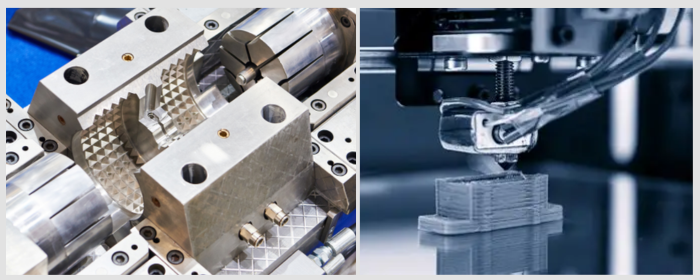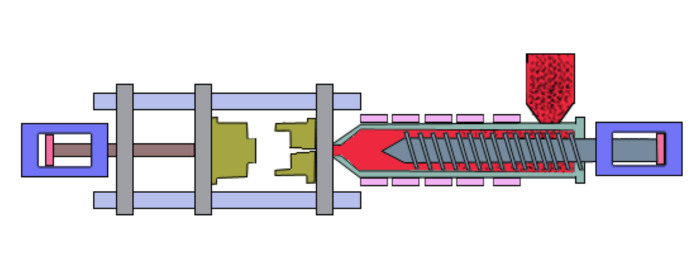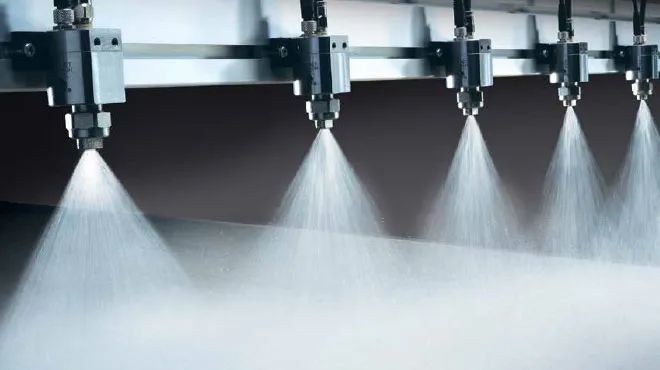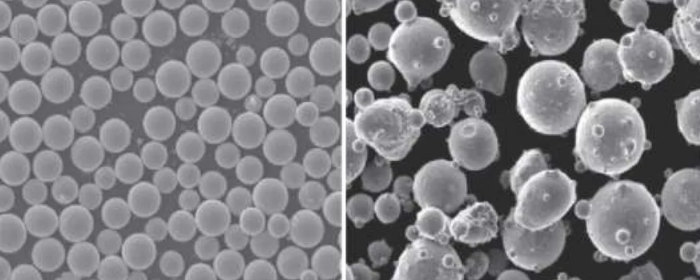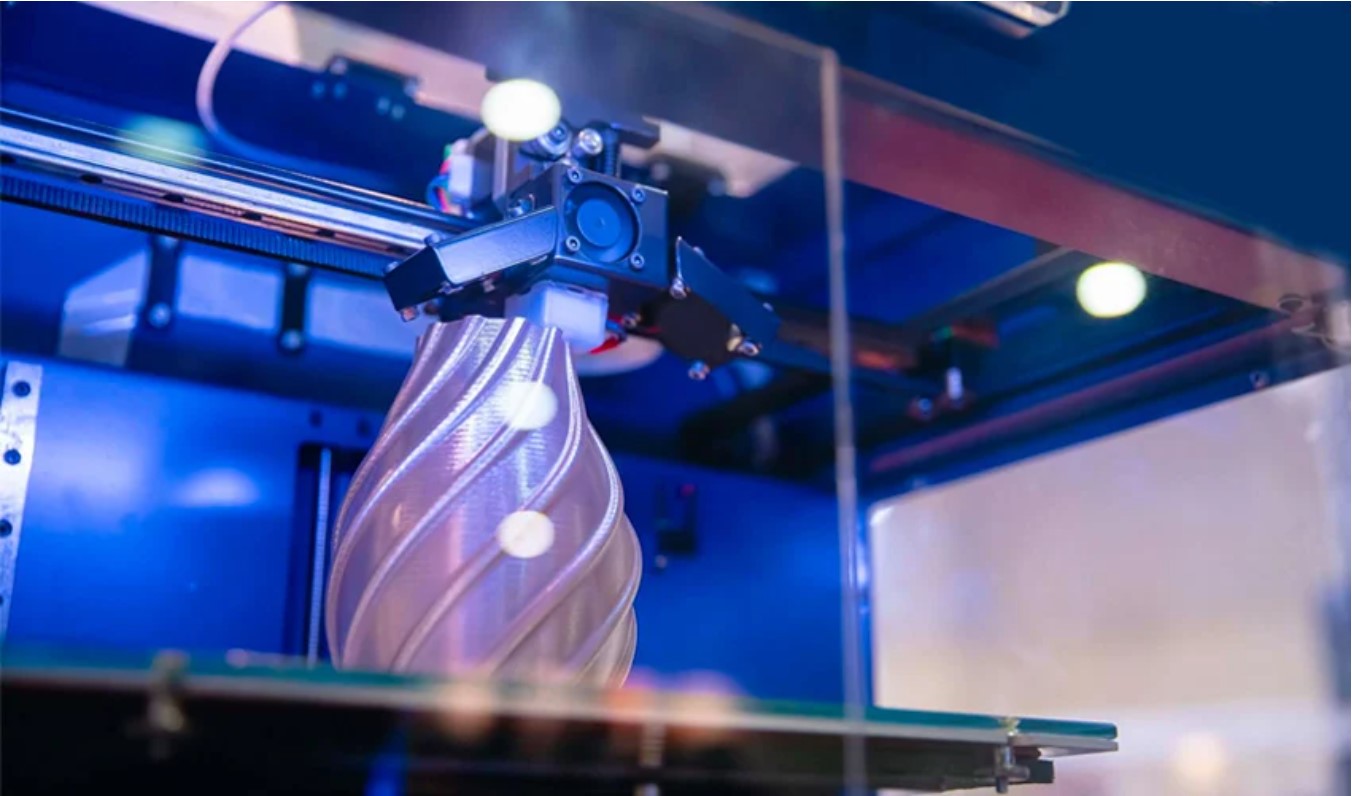

The world of 3D printing has revolutionized manufacturing, design, and prototyping. It's a technology that has rapidly evolved over the years, allowing for the creation of complex and intricate objects layer by layer. One crucial element of 3D printing is the material used, and in many cases, powders play a pivotal role in this process.
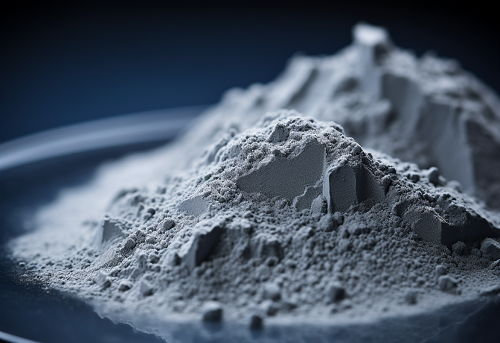
3D printing, or additive manufacturing, encompasses a variety of technologies, each with its own set of compatible materials. These materials include plastics, metals, ceramics, and even composites. In this article, we'll explore the powders used in 3D printing and their significance in different printing methods.
High-entropy alloys (HEAs) powders are essentially powdered forms of high-entropy alloys. These powders are finely divided materials consisting of the same diverse mix of elements as their bulk counterparts.
Al HEA powder, CoCr HEA powder, and Fe HEA powder are specific types of high-entropy alloy (HEA) powders that consist of a combination of aluminum (Al), cobalt-chromium (CoCr), and iron (Fe), respectively, along with other alloying elements in nearly equal proportions.
1. Stainless Steel: Stainless steel powders are commonly used in metal 3D printing processes like selective laser sintering (SLS) and binder jetting. This material is known for its corrosion resistance and durability, making it ideal for functional parts and prototypes.
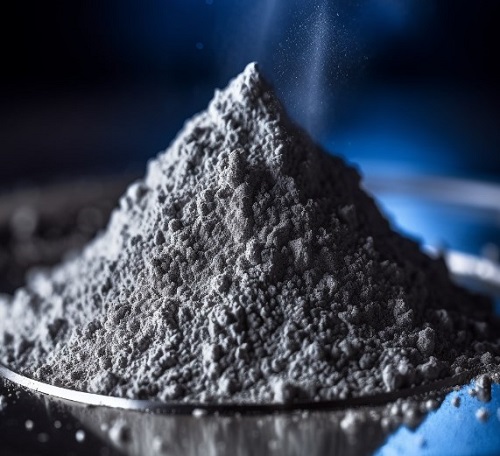
2. Titanium: Titanium powders are popular for their strength-to-weight ratio and biocompatibility. They find applications in aerospace, medical, and automotive industries. Direct metal laser sintering (DMLS) and electron beam melting (EBM) are common methods for printing with titanium powders.
3. Aluminum: Aluminum powders are valued for their lightweight and high thermal conductivity. They're used in aerospace and automotive applications. Powder bed fusion techniques, such as selective laser melting (SLM), are used to print aluminum components.
4. Cobalt Chrome: Cobalt chrome powders are used in the medical and dental industries due to their biocompatibility and resistance to wear. They are often used in direct metal laser sintering (DMLS) and electron beam melting (EBM) processes.
1. Polyamide (Nylon): Polyamide powders are commonly used in SLS 3D printing. They offer high strength and flexibility, making them suitable for a wide range of applications, including functional prototypes and end-use parts.
2. Polyethylene: Polyethylene powders are used in powder bed fusion processes like SLS. They are known for their durability, chemical resistance, and low friction properties.
3. Polypropylene: Polypropylene powders are used in SLS 3D printing and are known for their excellent chemical resistance, low density, and toughness. They find applications in the production of consumer goods and automotive components.
4. Polystyrene: Polystyrene powders are often used in binder jetting 3D printing. They are known for their ease of use and affordability, making them suitable for rapid prototyping.
1. Zirconia: Zirconia powders are used in ceramic 3D printing for their high strength, toughness, and resistance to wear. They are often used in dental and medical applications.
2. Alumina: Alumina powders are known for their excellent electrical insulation properties and are used in electronics and engineering applications.
3. Silicon Carbide: Silicon carbide powders are used in advanced ceramics and are known for their high-temperature resistance, strength, and hardness.
Composite powders are blends of different materials, such as metal and polymer powders. They are used to create materials with unique properties. For example, adding carbon fiber to polymer powders enhances the strength and stiffness of 3D-printed parts.
The choice of powder material in 3D printing depends on the desired properties of the final product. Whether it's metals, polymers, ceramics, or composites, each type of powder offers distinct advantages and limitations. The continuous development of new materials and 3D printing technologies expands the possibilities for creating innovative products across various industries, from aerospace and healthcare to automotive and consumer goods. As technology advances, we can expect to see even more materials and powders tailored to specific applications in the exciting world of 3D printing.

